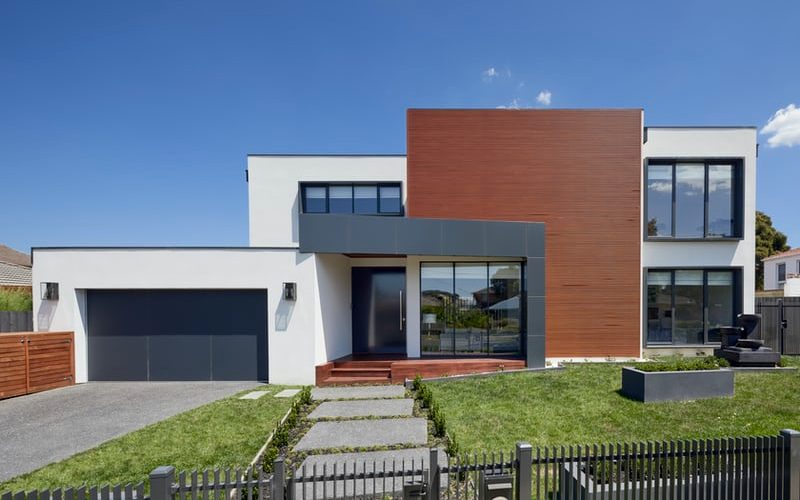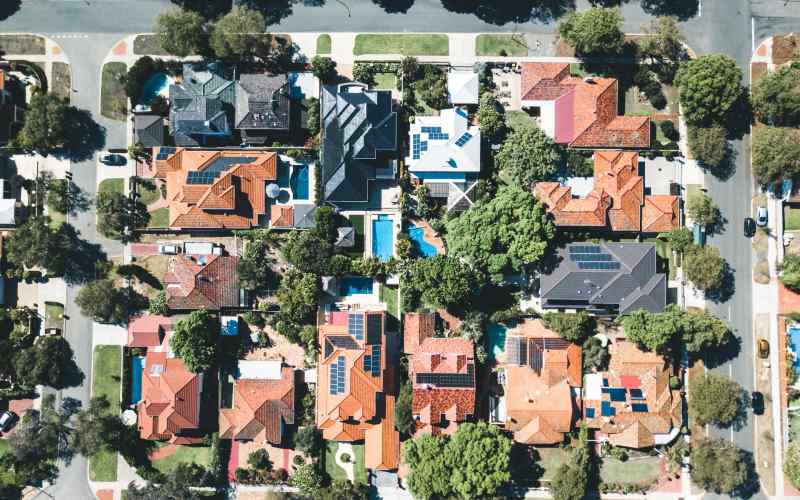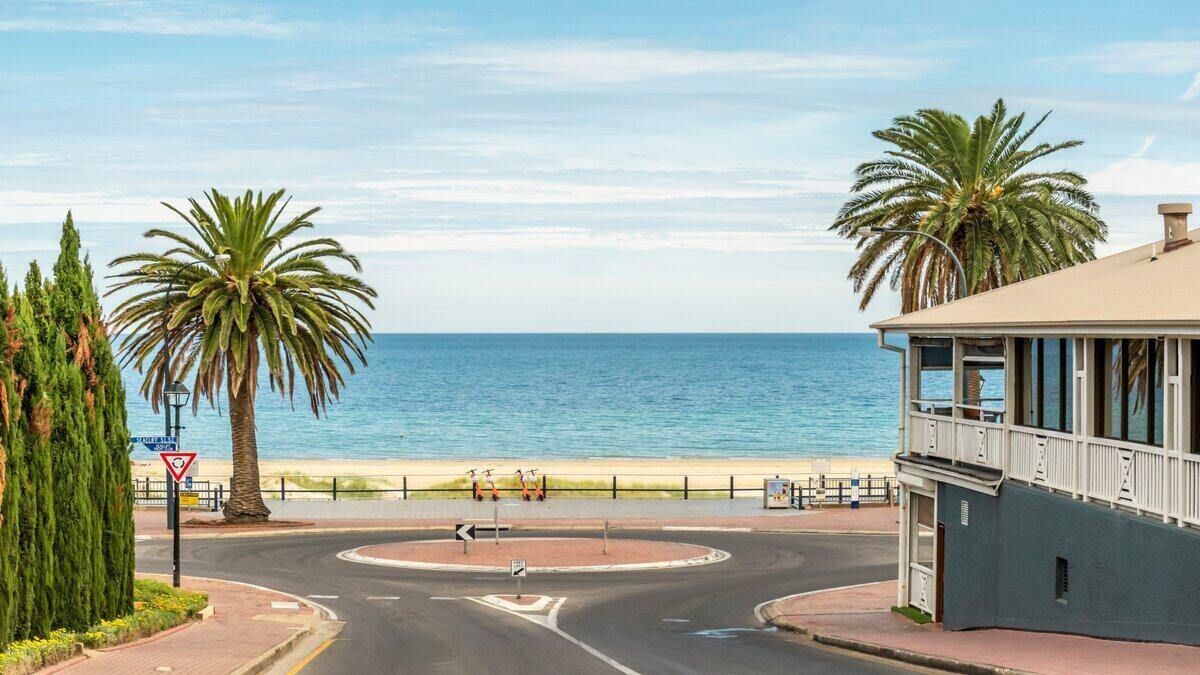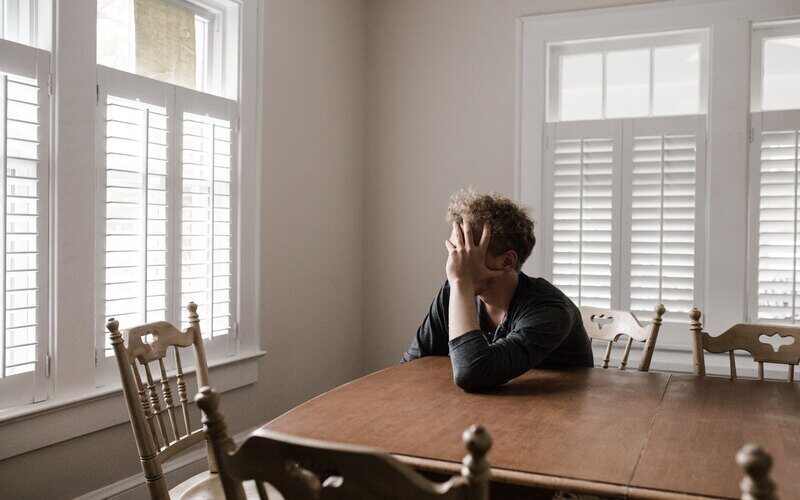According to the Australian Bureau of Statistics’ (ABS) latest home lending data, the number of owner-occupier loans to first home buyers in April rose 0.1% to 8,685.
Meanwhile, the number of owner-occupier loans to non-first home buyers sharply shrank by 2% in April, taking the share of first home buyers in the owner-occupied lending market to a near seven-year high of 28.2%.
CommSec Chief Economist Craig James said first-home buyers have continued to take a bigger share of the market, but suggested this could change in the coming months as investors re-enter the market.
“First-home buyers were active before the election and they have every reason to be out in full force post-election,” Mr James said.
“Understandably investors were effectively on strike in April ahead of the election. The $4.43 billion in investor loans was a decade low. But the anecdotal evidence is that investors will again provide competition for first home buyers now that the election is out of the way.”
Despite falling home values, the average home loan for an established dwelling rose in April to a 12-month high of $422,500.
Mr James said this could indicate that buyers are taking advantage of the current conditions to take out bigger loans.
“With purchase prices lower and interest rates at generational lows, some budding buyers may be using the current conditions to trade up. The number of loans to owner-occupiers fell in April, but the value of loans rose.”
There’s also the Coalition government’s First Home Loan Deposit Scheme to help first-home buyers into the market by only needing a 5% deposit, though the scheme doesn’t start until the beginning of next year.
With more rate cuts expected, housing affordability the best since 2016, and the First Home Loan Deposit Scheme on the way, ANZ’s Home Owners Lead, Kate Gibson said conditions are the best they’ve been for first-home buyers.
“This shift (in housing affordability), combined with record low interest rates, is driving more first home buyers to look at entering the market. For the first time in fifteen years most buyers are not chasing a rising market,” Ms Gibson said.
RBA Governor, Phillip Lowe was cautiously optimistic about the property market in his statement accompanying the RBA’s decision to cut interest rates.
“The adjustment in established housing markets is continuing, after the earlier large run-up in prices in some cities,” Mr Lowe wrote in his statement.
“Conditions remain soft, although in some markets the rate of price decline has slowed and auction clearance rates have increased.
“Growth in housing credit has also stabilised recently.
Mr Lowe noted that credit has been tight and investor demand for home loans has been subdued.
“Mortgages remain low and there is strong competition for borrowers of high credit quality.
The RBA has given a very strong indication that borrowers can expect another interest rate cut this year.
“The answer here is that the Board has not yet made a decision, but it is not unreasonable to expect a lower cash rate.
“Our latest set of forecasts were prepared on the assumption that the cash rate would follow the path implied by market pricing, which was for the cash rate to be around 1% by the end of the year,” Mr Lowe said.

Ready, Set, Buy!
Learn everything you need to know about buying property – from choosing the right property and home loan, to the purchasing process, tips to save money and more!
With bonus Q&A sheet and Crossword!



 Harrison Astbury
Harrison Astbury
 Harry O'Sullivan
Harry O'Sullivan











